We arrived by ferry from Piraeus, the port of Athens at Milos…. this is the Island of Venus or Aphrodite to use the Greek name for the goddess, whose statue was discovered in 1823 and sadly allowed to be sold to the French.

A birthplace of western civilization since the prehistoric era, this volcanic island emerged from the Aegean Sea around 2.7-1.8 million years ago. This Greek Island is a spectacular place with its multi-coloured beaches and the catacombs that are only second in importance to those in Rome.

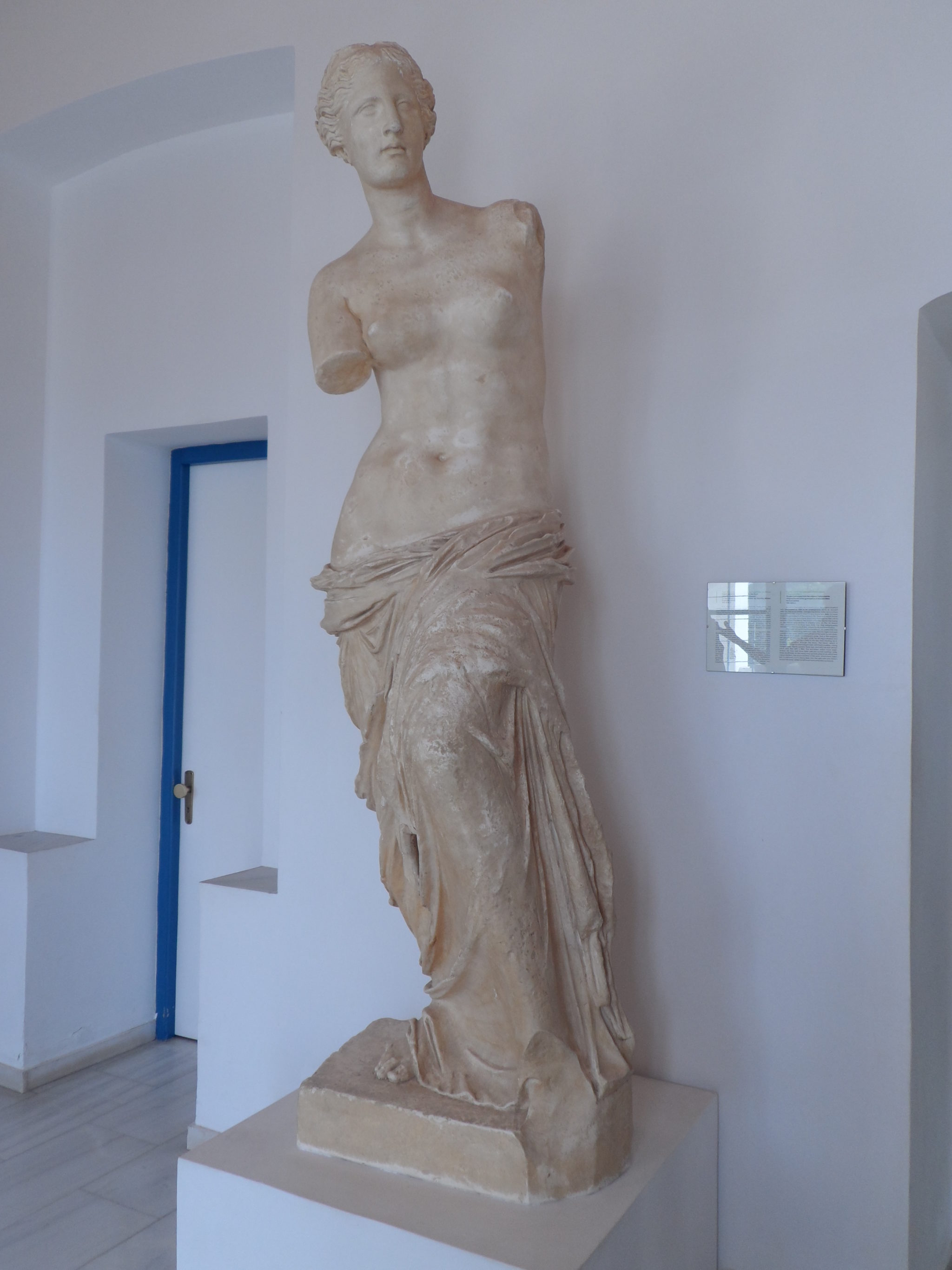
Milos appears in history in the Mesolithic period due to its mineral obsidian from which cutting and hunting tools were made – this was traded far and wide. The island flourished through the Minoan-Mycenaean era and progressed through the Classical era and remained productive throughout the Roman rule of the Mediterranean and the early centuries of the Christian era. The 20th century saw Milos re-emerge in the life of Greece after some difficult centuries.
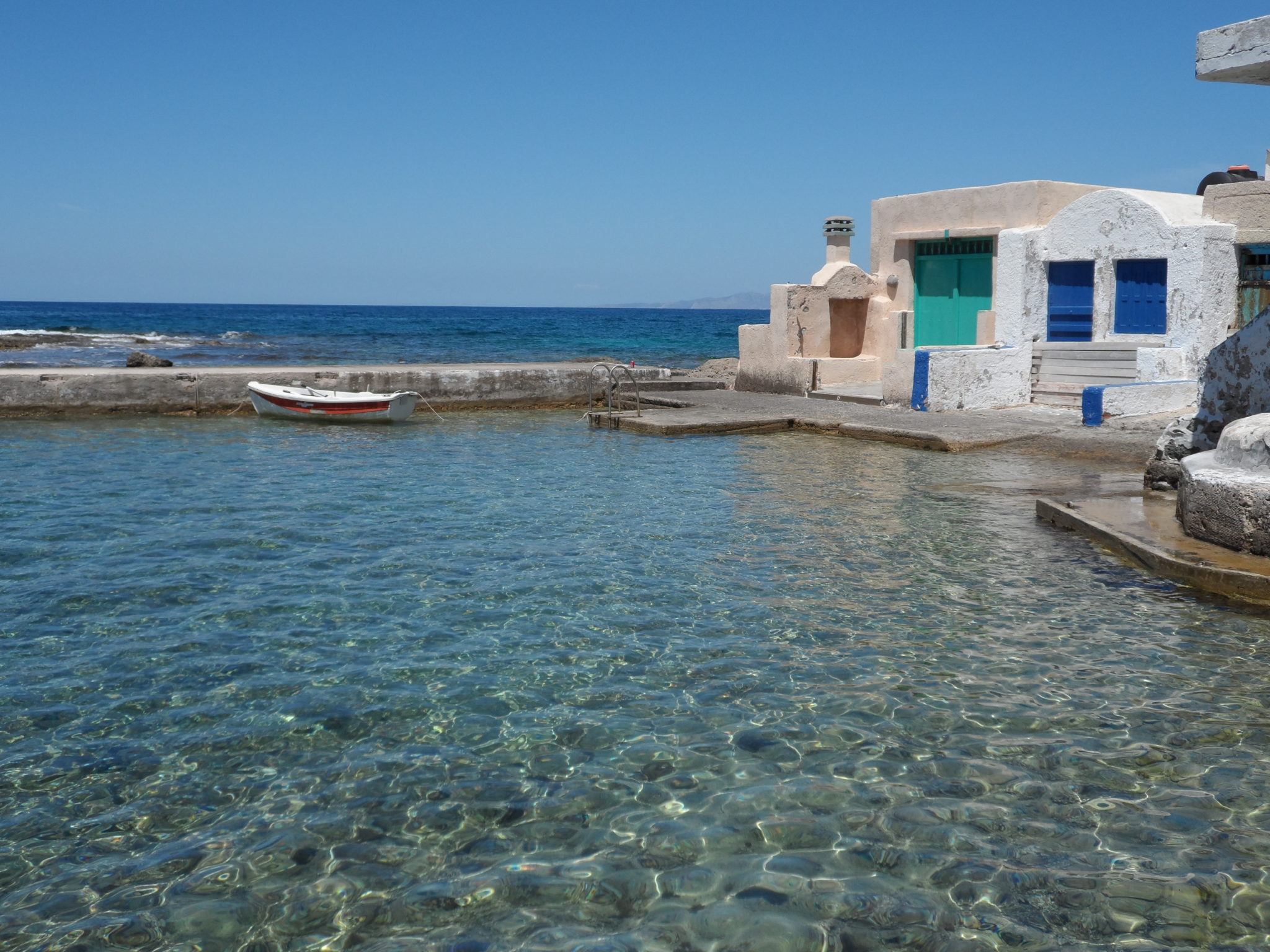
Easter is a colourful important festival and the island is covered with herbs and beautiful creepers and bushes such as oleander, bougainvillea, roses, and stunning pelargoniums in their vibrant colours. We visited in late May and the whole island was ablaze with colour against the iconic blue and white Cycladic architecture with low growing thyme, rosemary, and other flowers.
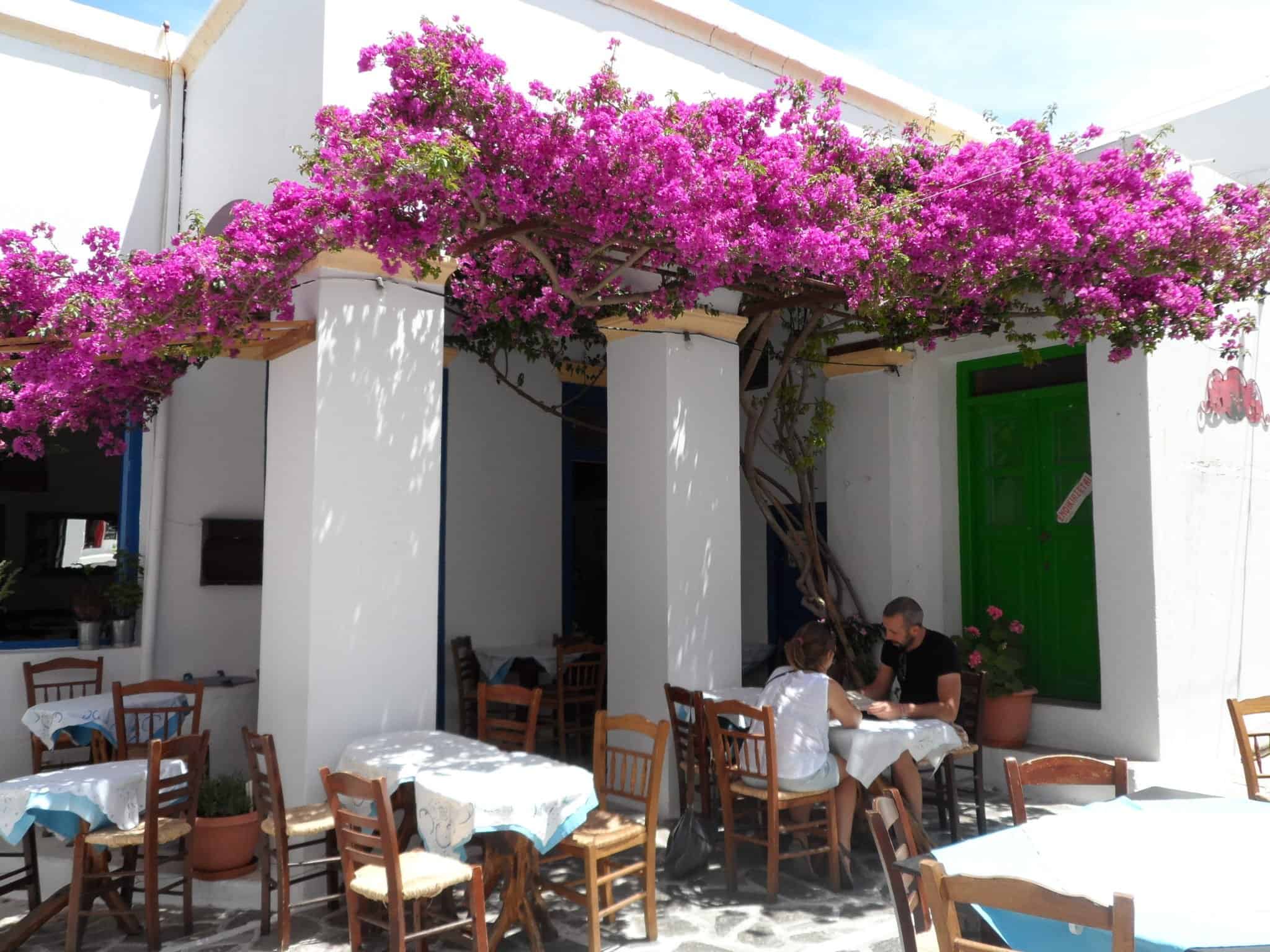
There are more than 71 beaches and the population is only 5,000 people out of season – so this is a beautiful island from which to draw inspiration, swim, walk, bird watch, and sail. The welcome is very warm, the Greek cuisine is authentic but with some fusion cooking and there are a whole host of lovely places to stay…. Adamas is the ferry port and harbour town with the magnificent bay having once been the crater of the volcano that was Milos. Polonia is up in the extreme north east and a delight with excellent beaches and the capital is Plaka with attendant villages of Plakes and Trypiti.
The fishing village Klima was once an ancient city with the catacombs nearby and the cave in which the Venus was discovered with an outdoor theatre that accommodated 7000 at its zenith. The small but good archaeological museum of Milos is in the capital Plaka with an exact copy of the Aphrodite statue which had been carved at the end of the Hellenistic period 323-146BC and is recommended.
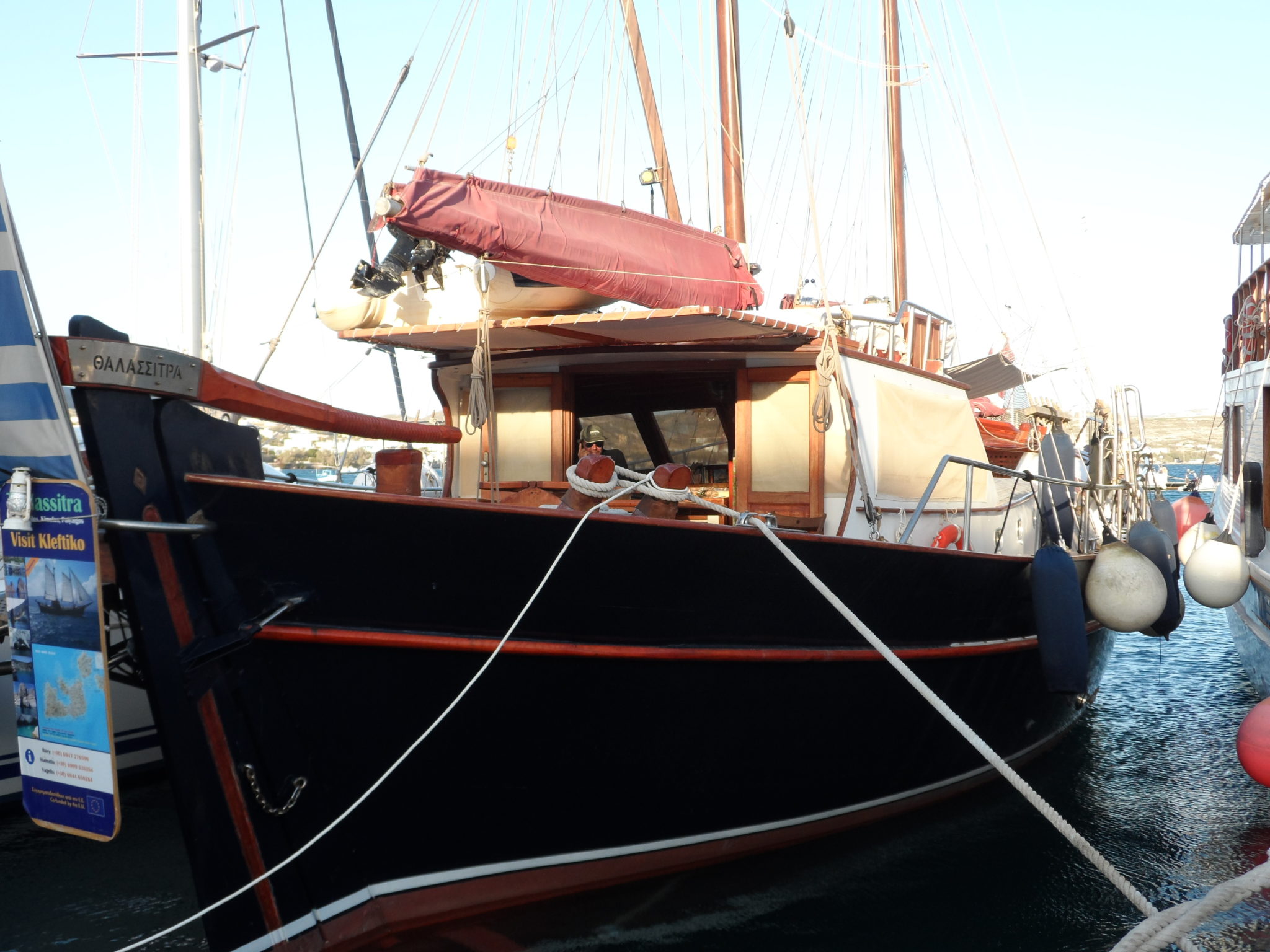
The carefully restored small ruins of the city of Phylakopi can be explored and was the trading centre for the obsidian. Today Milos mines Bentonite and Perlite and thus does not depend entirely on Tourism for an income.
We loved driving to small beaches, having lunch in simple tavernas where the cooking was fresh and lovingly prepared…most often we would be instructed gently ‘please sit for pudding….’ and suddenly a complementary little dessert would be placed in front of us. There was a genuine warmth of welcome in restaurants with careful flowers on the table and all painted in competing beautiful colours which enticed one to come in or sit out in the shade with a beautiful vista of the sea, boats, trees, hillsides and vines.
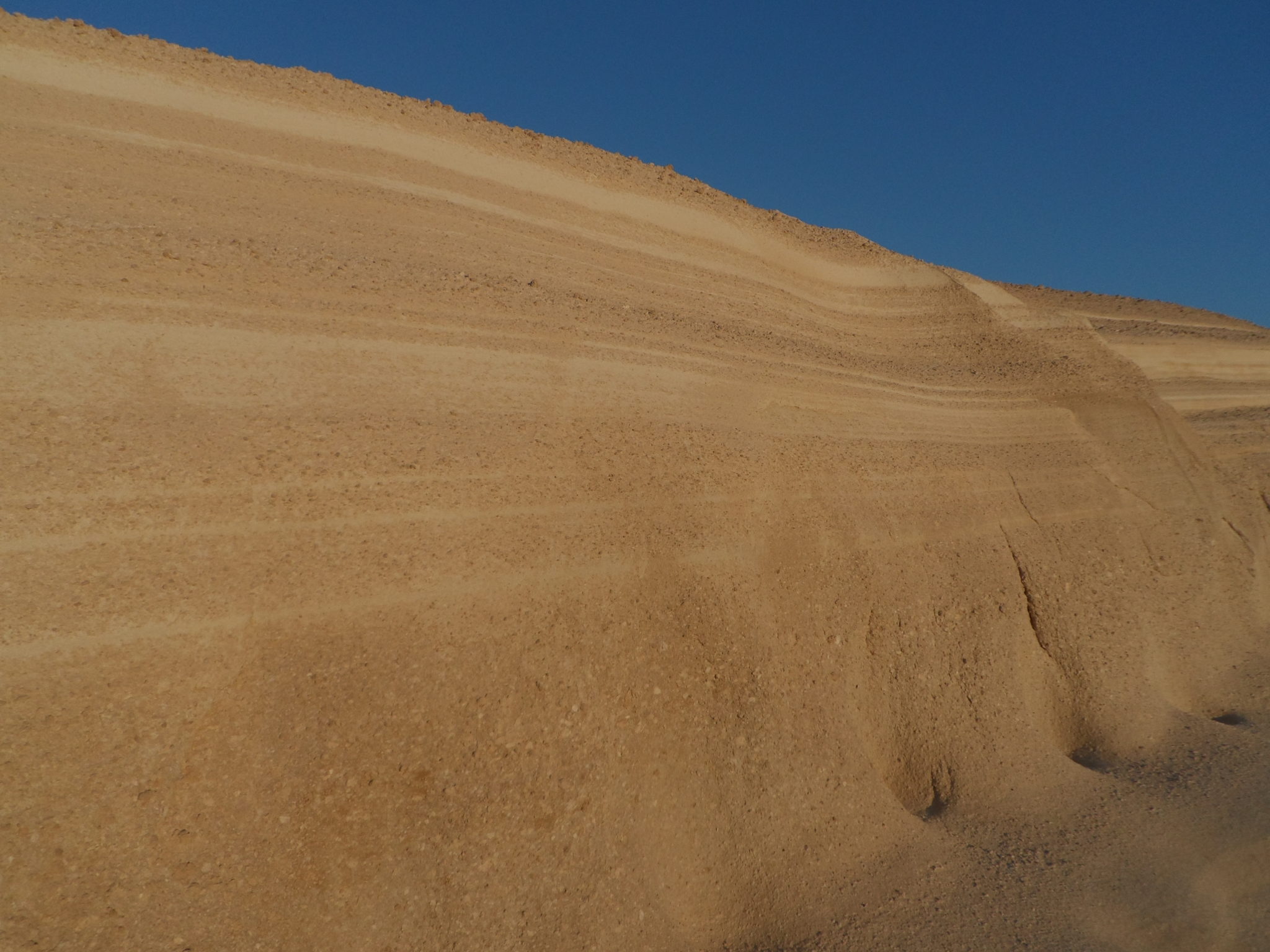
The pumice beach at Sarakiniko on Island of Milos in The Cyclades
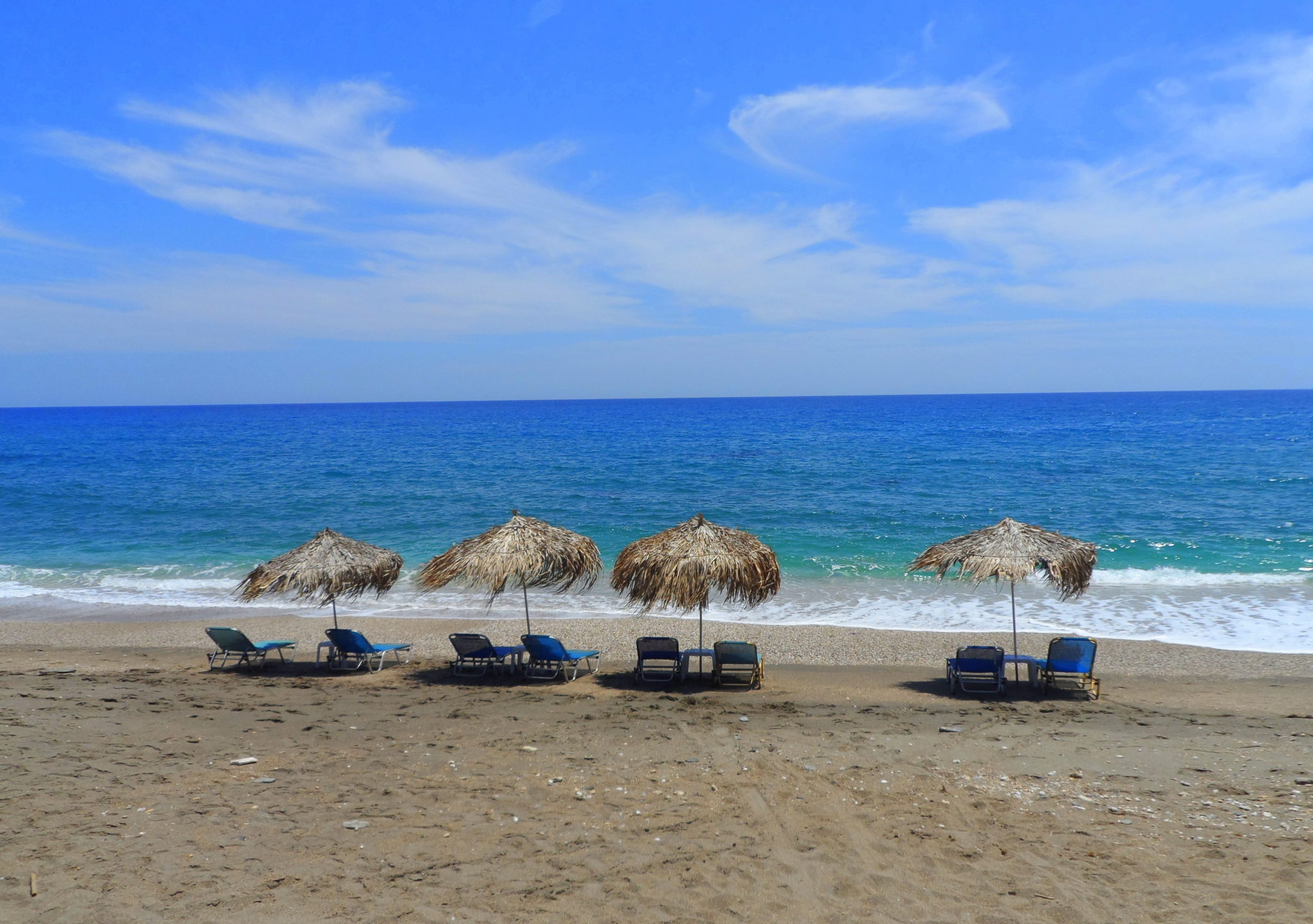
Milos Beach
There is a small airport and Athens international airport has daily flights for the time pressed traveller.
I recommend a visit to the Mining Museum at Adamas, and also to the small Ecclesiastical Museum in the ancient church of the Holy Trinity. The rare architecture in combination with the sacramental items and the beautiful iconography makes it a special place. We gloried in fresh sardines, calamari, octopus, fava, fresh greens and salads on offer with little extra touches here and there – and the sunshine!
On our last day, we were fortunate to spend most of the day on the Thalassitra which is a replica of the dominant 20th century Milos yacht. It was such fun with swimming in the azure water off the west coast, and delicious food cooked by the skipper himself added enjoyment. All too soon it was time for us to embark on the Sea Jet ferry for a short journey to our next destination!
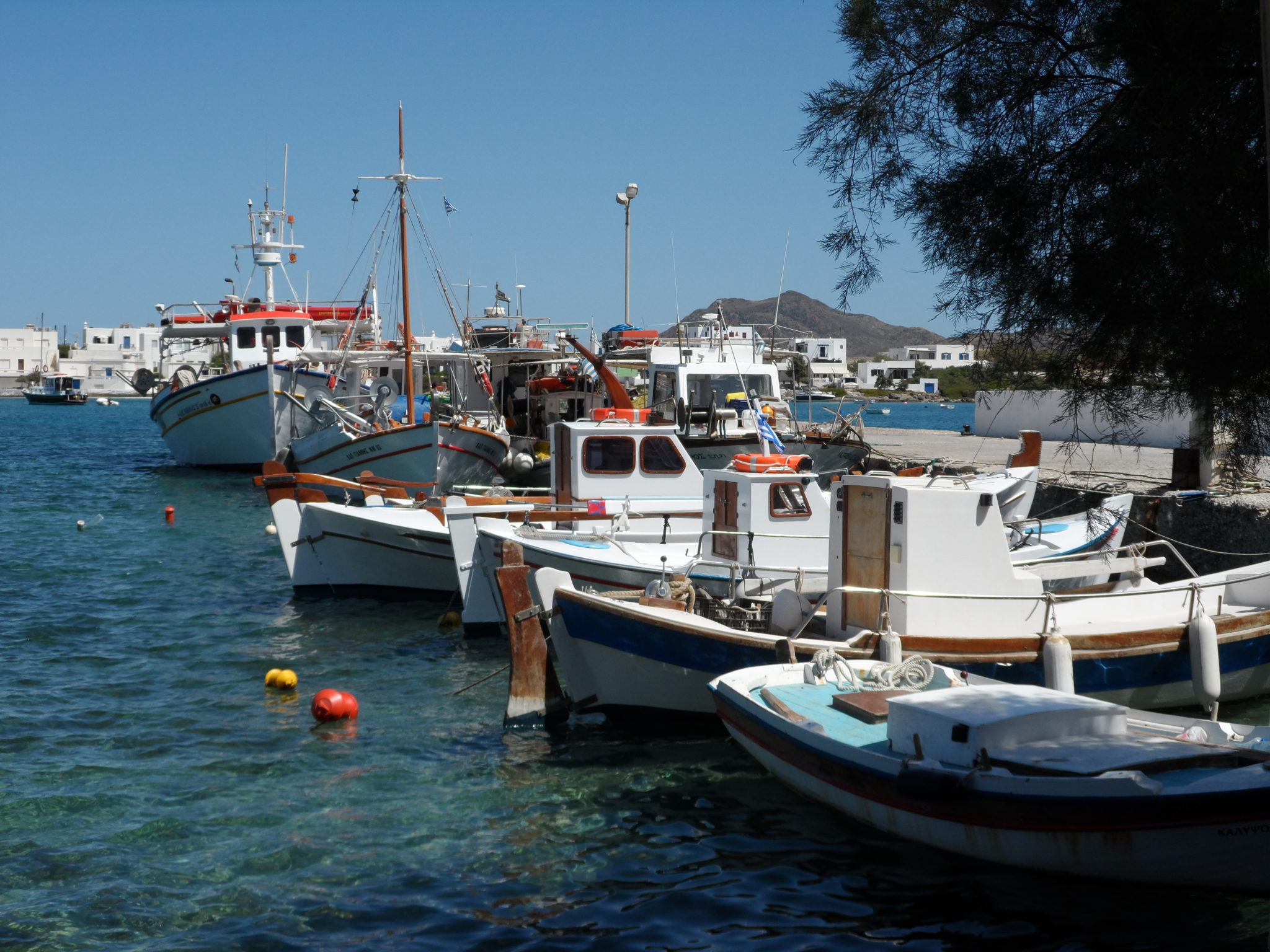
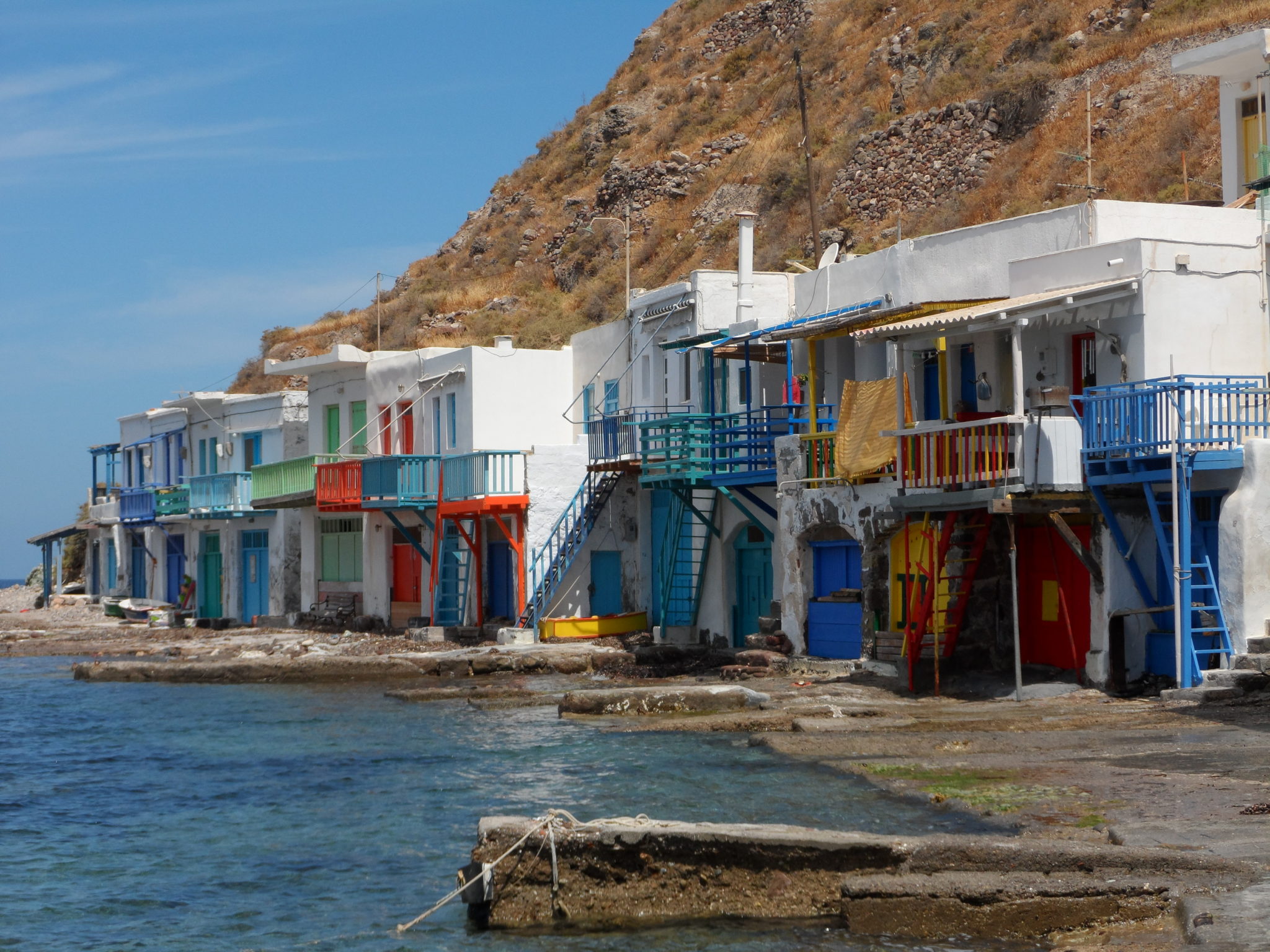
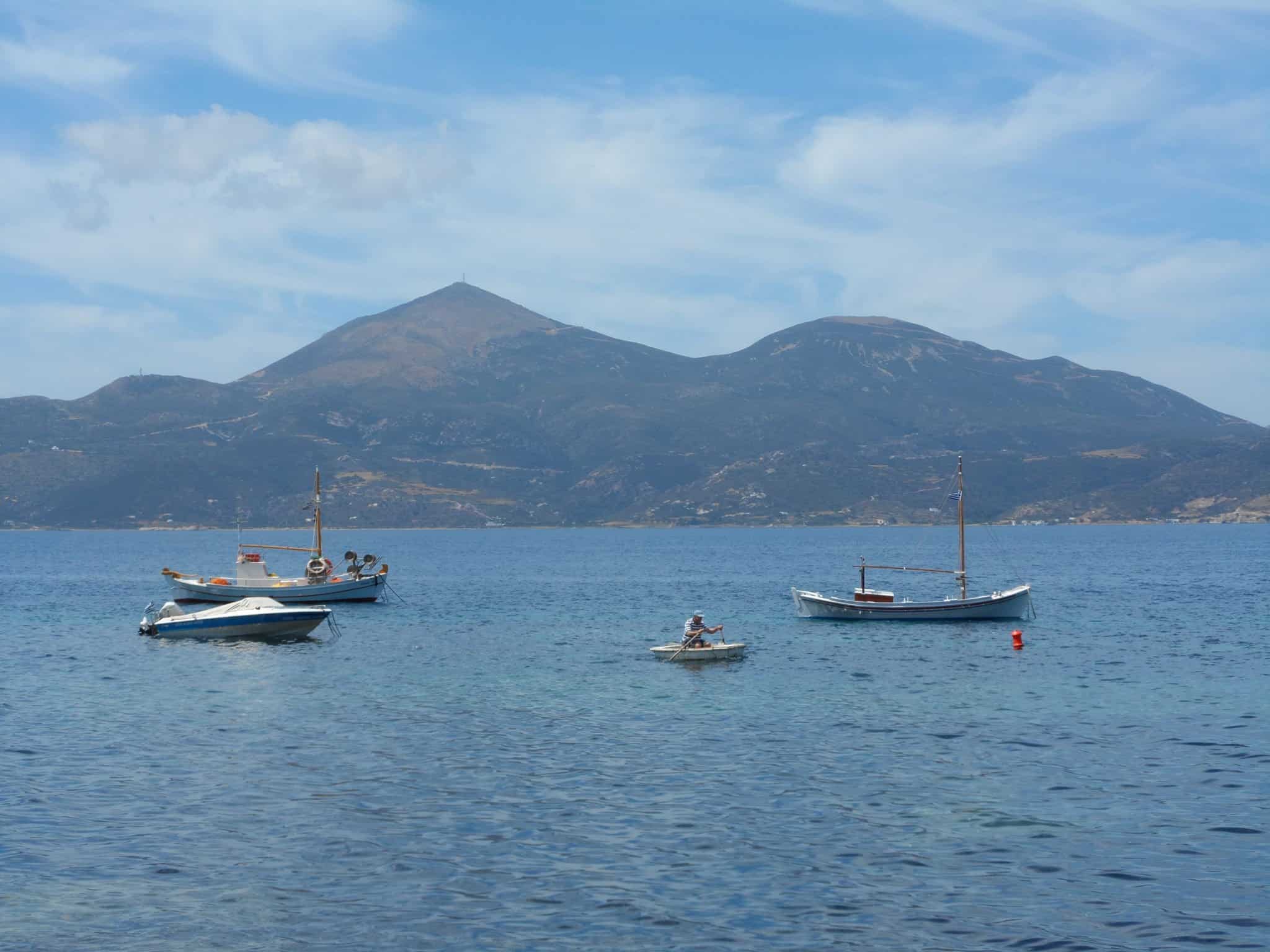
Useful Links:
Aline Dobbie is an author of four books on India and a travel writer. She lives in Scotland but travels widely throughout the year with an annual visit to India where she was born & grew up. Aline’s earlier life was in the corporate world but now lives a rural life with emphasis on travel, gardening, cooking, and family. India, South Africa, England, Scotland, Greece and other lovely places are a constant delight to her.








